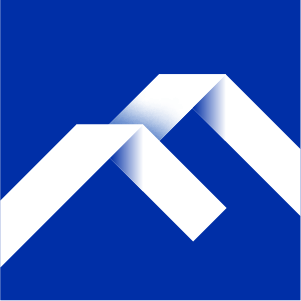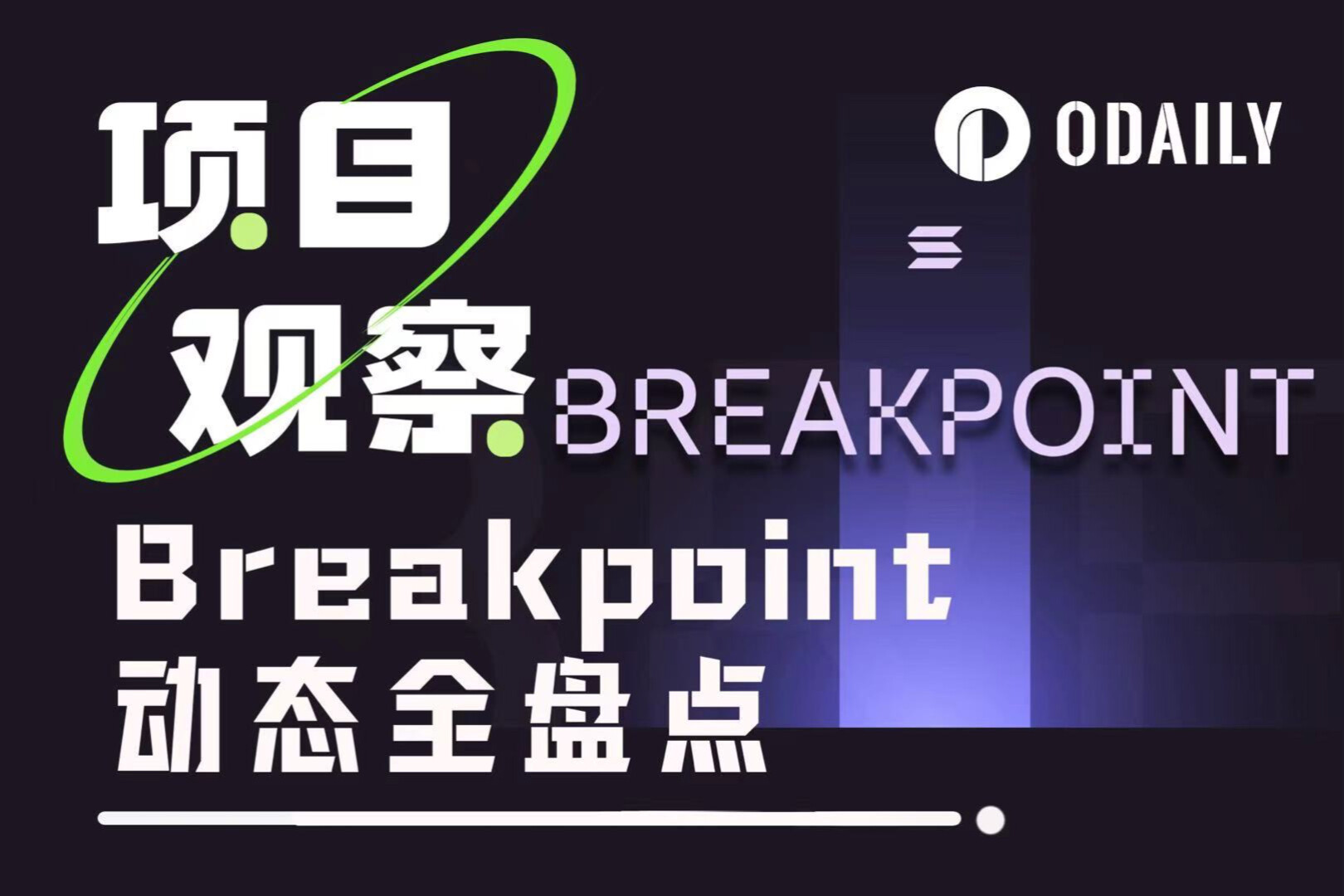With a profit of $4.5 billion in the first quarter, Tether enters into Bitcoin mining, AI and education
Original article by Nina Bambysheva, Forbes
Original translation: Luffy, Foresight News
During a time when much of the cryptocurrency world has collapsed, as FTX and other industry giants have failed, Tether has stood out from the crowd and thrived.
Tether’s stablecoin USDT has surged to $111 billion in market value, three times that of its closest competitor, USDC, issued by Boston-based Circle. Tether’s business is enviable because its source of funding is effectively free, thanks to higher interest rates on U.S. Treasuries, which make up the bulk of the reserves backing its crypto stablecoin. Unlike traditional banks, customers who deposit hard currency with Tether in exchange for USDT do not receive any interest.
In the first quarter of 2024 alone, Tether reported unaudited company “financial results” of $4.5 billion and a net worth of $11.4 billion. In 2023, the company reported a net profit of $6.2 billion, which could well make it the most profitable company in the cryptocurrency space today. In comparison, Coinbase, the largest U.S. cryptocurrency exchange, had revenue of $3.1 billion and a profit of $95 million for the full year 2023, with net income of $1.2 billion in the first quarter of 2024, largely due to rising cryptocurrency prices. Thanks to its partnership with Circle, about 20% of Coinbase’s 2023 profits came from the interest it earned on its reserves backing the stablecoin USDC.
Flush with cash, Tether is now eyeing growth beyond stablecoins. Last month, the British Virgin Islands-based company announced a strategic reorganization that will see it open three new divisions in addition to stablecoins: bitcoin mining, artificial intelligence, and education.
Paolo Ardoino, CEO of Tether
“The idea of cryptocurrencies eliminating intermediaries can be applied to many other areas,” said Paolo Ardoino, Tether’s new CEO, who has served as the company’s chief technology officer and spokesman since 2017.
Tether’s expansion plans aren’t just about prudent business diversification, they’re also about philosophy. “We feel like 90% or more of technology is built for the best-case scenario, but no one is building technology for the worst-case scenario,” said Ardoino, 40. “If a disaster happens, I’m not saying it will happen, but anything could happen, and we’re not prepared for it.”
Crypto historians will recall that Bitcoin was created by Satoshi Nakamoto in response to the 2008 financial crisis, when there was widespread doubt about the stability and reliability of the existing global financial system. Ardoino believes Tether will play an important role in creating what he says is a sovereign technology that can empower people.
“It’s good to have resilient money, but if you only have resilient money and everything else is centralized, it will be destroyed very quickly,” Ardoino said. “One of our mottos is ‘Built for Doomsday.’”
Paolo Ardoino grew up on a family farm in northern Italy. He began programming at the age of eight and later studied computer science and mathematics at the University of Genoa. After graduating in 2008, Ardoino became a researcher on military projects at Selex Communications, an electronics and information technology company, focusing on high-availability resilient networks and encryption technologies.
Seeking opportunities outside of Italy, he moved to London around 2013 and soon after founded Fincluster, a startup that builds cloud-based financial applications for advisors, fund managers and institutions in London, Milan and Lugano. In October 2014, one of his clients introduced him to Giancarlo Devasini, CFO of Tether and its sister cryptocurrency exchange Bitfinex. Devansini invited Ardoino to help scale the Bitfinex platform, which was already growing in popularity.
Ardoino was soon named technical director for both companies, becoming the face of Tether as Devasini and CEO Jean-Louis van der Velde kept a low profile. All three, along with general counsel Stuart Hoegner, later became billionaires, according to the Forbes Billionaires Rankings.
Ardoino officially took over Tether in December last year, while retaining his position as CTO of Bitfinex. He is also responsible for the strategy of Holepunch, a technology platform that allows developers to create serverless applications, launched by Tether, Bitfinex and infrastructure platform Hypercore.
Ardoino said Tether’s ownership structure has not changed. CFO Devasini remains the company’s largest shareholder, and former CEO van der Velde remains involved as an advisor. But that hasn’t stopped Ardoino from charting a new course for Tether. Last month, the company announced a reorganization into four divisions to develop its expanding business focus:
The Financial Division, which manages USDT and oversees the upcoming digital asset tokenization platform;
Data, which is responsible for strategic investments in emerging technologies, including artificial intelligence and peer-to-peer platforms;
The computing power department focuses on Bitcoin mining and energy-related businesses;
The Education Department supports education and leadership programs.
Tether has made progress in each of these areas. Last year, the stablecoin giant participated in a $1 billion investment in a bitcoin mining operation in El Salvador called Volcano Energy that will be powered by solar and wind energy. Tether has also built its own bitcoin mine in Uruguay. Last September, Tether revealed that it had spent $420 million on behalf of German-listed bitcoin miner Northern Data to purchase 10,000 of Nvidia’s H100 graphics processing units (GPUs), which are typically used by artificial intelligence companies looking to process large amounts of data. In exchange, Tether received a 20% stake in the company, which intends to lease the chips to artificial intelligence startups. Another novel investment by Tether came in April, when it spent $200 million to acquire a majority stake in Blackrock Neurotech, a Salt Lake City-based biotech company that makes brain implant chips designed to allow people with neurological diseases or paralysis to “eat, drink, operate a robotic arm, and send an email by thinking.”
Tether has also doubled its headcount to about 100 people in the last year, according to Ardoino, who personally interviews every applicant. “I don’t want yes-men,” Ardoino said. “I want people to tell me what they think about Tether and what we did right and what we did wrong.”
When it comes to Bitcoin mining, Ardoino aims to capture 5% of the market share, which would put it among the top miners in the world. "If you believe that Bitcoin is the ultimate form of money, built for the end of the world, then you don't want most of the Bitcoin mining to be concentrated in one country. So the way to achieve this is to invest in different regions," he explained. "We are starting with South America and plan to expand in different regions around the world to ensure that Bitcoin mining can continue to be decentralized."
"When it comes to competition in bitcoin mining, it's all about how much money you can put in. They've put in about $500 million. With that kind of money, you can go a long way," said Kevin Dede, an analyst at HC Wainwright. Adam Sullivan, CEO of publicly traded Core Scientific, added: "They are now the largest investor in bitcoin mining. That's natural for them because it's really what drives their business." Sullivan was referring to the fact that Tether's recent surge in bitcoin prices has boosted its profits given its large holdings of the digital asset. If bitcoin prices continue to rise, mining bitcoin will expand profits.
Yet while Tether has made strides in bitcoin mining, its foray into AI will be more challenging. In addition to deals with companies like Northern Data, Tether is looking to grow internally, build large-scale models and integrate AI capabilities into existing products. Job postings on Tether’s website list positions such as AI engineer and head of AI R&D. “I think AI can play a much bigger role and is not influenced by the political biases of the small elite that currently runs the largest AI projects in the world,” Ardoino said. He’s referring to most of the companies currently driving AI development, including Microsoft, OpenAI and Google. “We believe AI should be free of middlemen, just like currency should be free of middlemen.”
Rob Toews, partner at Radical Ventures, expressed skepticism about Tether’s move into AI. “Acquiring GPUs and renting them out to AI companies is an easier strategy to enter, but I have a hard time imagining Tether becoming a credible competitor in the field of building multimodal AI models.”
Tether will offer courses and workshops covering blockchain technology as well as artificial intelligence, coding and design through its education division. The company has already partnered with Georgia Digital Industries Academy and Bitkub, Thailand’s largest local exchange, on several programs. “Education is a cornerstone of this journey and is key to promoting economic prosperity and sustainable development,” Ardoino said.
Given the tumultuous history of cryptocurrencies and the fact that Tether has yet to produce financial statements audited by a CPA, there is reason to be concerned about where the company’s new investments are being funded. According to the company’s financial statements, the majority of its $4.52 billion profit in the first quarter came from gains on the company’s bitcoin and gold positions. Ardoino insists that Tether’s investments came from its profits, not its customer reserves.
“If people think they start dipping into customer reserves to invest in these things, Tether could go down pretty quickly,” said Austin Campbell, an adjunct professor at Columbia Business School and an advisor to blockchain companies. “I’ve always said the problem with Tether is not how much they hold now. It’s how much they could hold in the future because they’re not constrained.”
Campbell also warned that Tether’s stablecoin dominance is far from guaranteed in the long term: “As stablecoin regimes come into being, as regulation formalizes, Tether is going to have to start complying with those regimes locally, or leave those jurisdictions.”
Tether's dominance has been challenged. Although USDT still leads the stablecoin market with a 69% share, its number of transactions lags behind, according to DefiLlama data. According to analysis by payment giant Visa and enterprise blockchain data platform Allium Labs, Circle's USDC had 178.6 million transactions in April 2024, surpassing USDT's 173.9 million.
In addition, a recent report released by S&P Global Ratings shows that a new bipartisan stablecoin bill proposed in April by U.S. Senators R-Wyo. and D-N.Y. would limit the issuance of stablecoins by institutions without banking licenses to a maximum of $10 billion, which may stimulate competitors from traditional banks.
Ardoino said: “We believe all of these investments are critical for Tether…We believe these investments can change the lives of people in emerging markets and developing countries. We want to be a leader in human evolution.”



